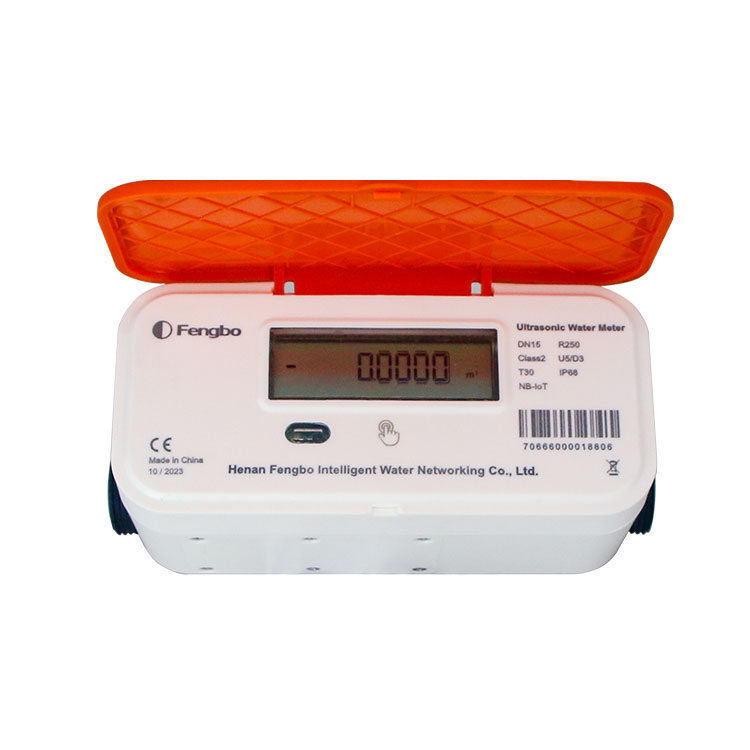Which one is more cost-effective, NB water meter or LoRaWAN water meter?
NB wireless remote water meter and LoRa water meter are two common IoT technology solutions used in the field of water meter monitoring. They all have certain advantages and applicable scenarios, but they differ in terms of cost performance.

First, let us understand the NB wireless remote water meter. NB wireless remote transmission is a narrowband IoT technology known for its low power consumption, long-distance transmission and wide coverage. NB wireless remote water meters can transmit water data through the NB-IoT network and achieve remote monitoring and management. It has low power consumption, enables long-term operation and reduces maintenance costs. In addition, the communication distance of NB wireless remote water meters is relatively long and can cover a large area, making it suitable for densely populated areas such as cities.
The LoRa water meter uses LoRa technology, which is a low-power, long-distance wireless communication technology. The LoRa water meter communicates with the gateway through the LoRaWAN protocol to realize data transmission and remote monitoring. Compared with NB wireless remote water meters, LoRa water meters have a longer transmission distance, can cover a wider area, and are suitable for areas with dispersed populations such as rural areas. In addition, LoRa water meters also have low cost and flexibility, and are easy to deploy and maintain.
From a cost-effective perspective, NB wireless remote water meters and LoRa water meters each have their own advantages. NB wireless remote water meters are cost-effective in dense areas such as cities because of their wide coverage and are suitable for large-scale water monitoring and management. In terms of cost alone, the cost of NB water meters is lower than that of LoRa water meters, and deployment and maintenance are relatively simple. The LoRa water meter is more cost-effective in areas with dispersed populations such as rural areas, because its transmission distance is longer and it can achieve wider coverage, reducing the number of equipment and investment costs.

